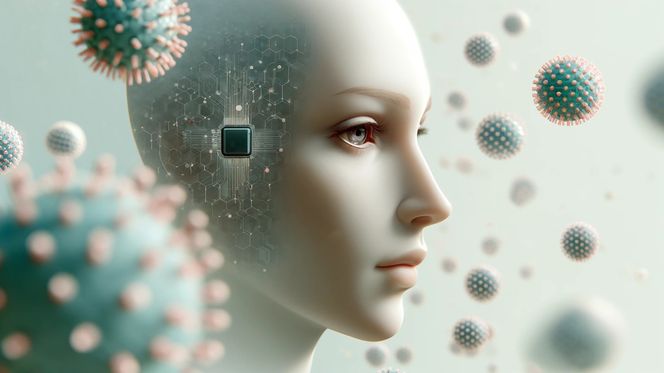TECH NEWS – University of Virginia School of Engineering and Applied Sciences researchers have developed an artificial intelligence-based system that can detect and track toxic gases in real time.
This innovative solution uses a unique combination of artificial neural networks and a sensor network, providing a particularly sensitive and fast response time for hazardous gases such as nitrogen -dioxide detection. The system is excellent for monitoring the air quality of industrial and urban environments, contributing to the fight against air pollution and health protection.
Artificial smell: The working principle of the system
The new system mimics the ability to smell, acting as an “artificial nose” that uses nanometer-sized metal islands to recognize gas molecules. Nitrogen dioxide molecules bound to graphene-based sensors change the electrical conductivity of the sensor, enabling highly accurate gas detection. Graphene’s outstanding conductivity and sensitivity enable the system to detect particularly low concentrations.
Optimization of neural networks and sensor networks
The neural network of the system continuously analyzes the data coming from the sensors, which are installed in an optimal position for faster and more accurate detection. Using the “Bayesian optimization confidence range”, the system selects the most reliable detection points, thus reducing the resource requirement and increasing the detection efficiency. This method allows the system to continuously adapt to changes in the environment, minimizing the chance of false alarms while providing real-time data.
Health and environmental effects
Long-term inhalation of toxic gases such as nitrogen dioxide can cause many health problems, so the new technology offers a significant advantage in air quality monitoring. In industrial environments and densely populated urban areas, this intelligent system can contribute to the prevention of respiratory diseases as well as environmental sustainability. AI-driven sensors can provide early warning that allows immediate action before critical pollution levels are reached.
New perspectives in environmental protection and technological innovation
The integration of AI and nanotechnology not only opens up new horizons in environmental protection, but also provides a long-term tool for maintaining air quality. In the future, these sensor systems may become an integral part of smart city systems, where sensors transmit data to central control systems that automatically respond to changes in pollution. In case of industrial use, the technology provides effective safety mechanisms, contributing to health and environmental protection.
















Leave a Reply